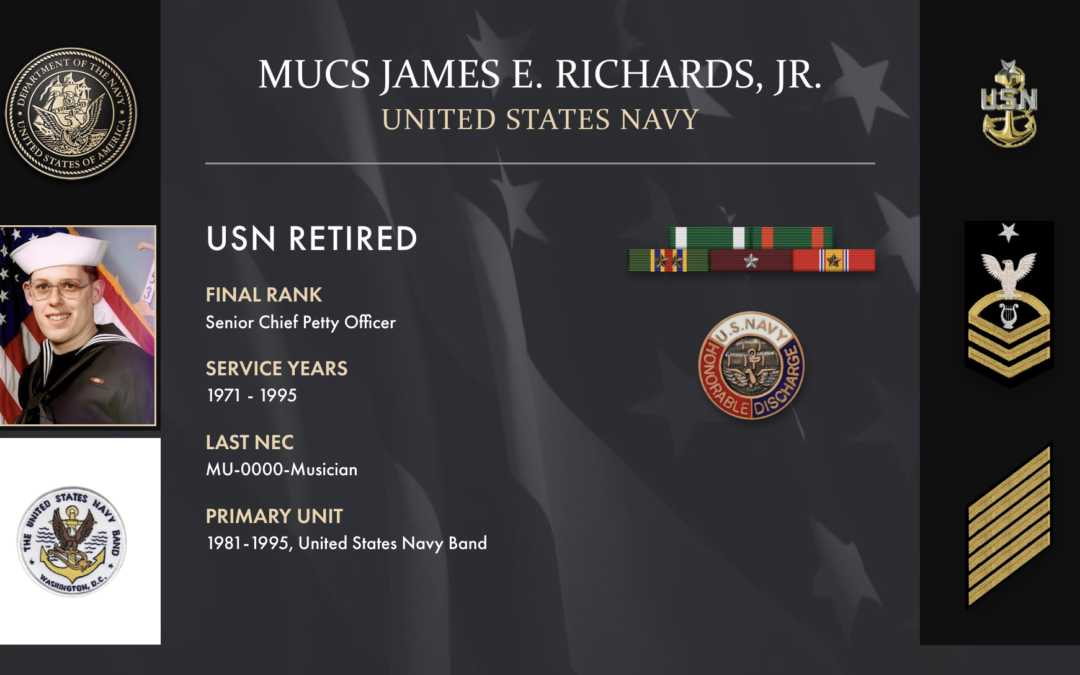My father was the greatest influence on my life and the primary reason I joined the Air Force in April 1974, even before I graduated from high school. I grew up in an Air Force family. I was born at Hunter AFB, Savannah, GA, in 1955, and we moved seven times to various bases before my father medically retired in 1968. My father had just reenlisted in 1967 while stationed at Da Nang AB, Vietnam, and had planned on staying in to reach at least 25 years. My dad was also a great advocate and recruiter for the Air Force. Not only did he influence my older brother and me to join the Air Force, but he also influenced three of our friends to enlist. Two attended basic training with me. In the case of my youngest brother, he joined the Navy.










